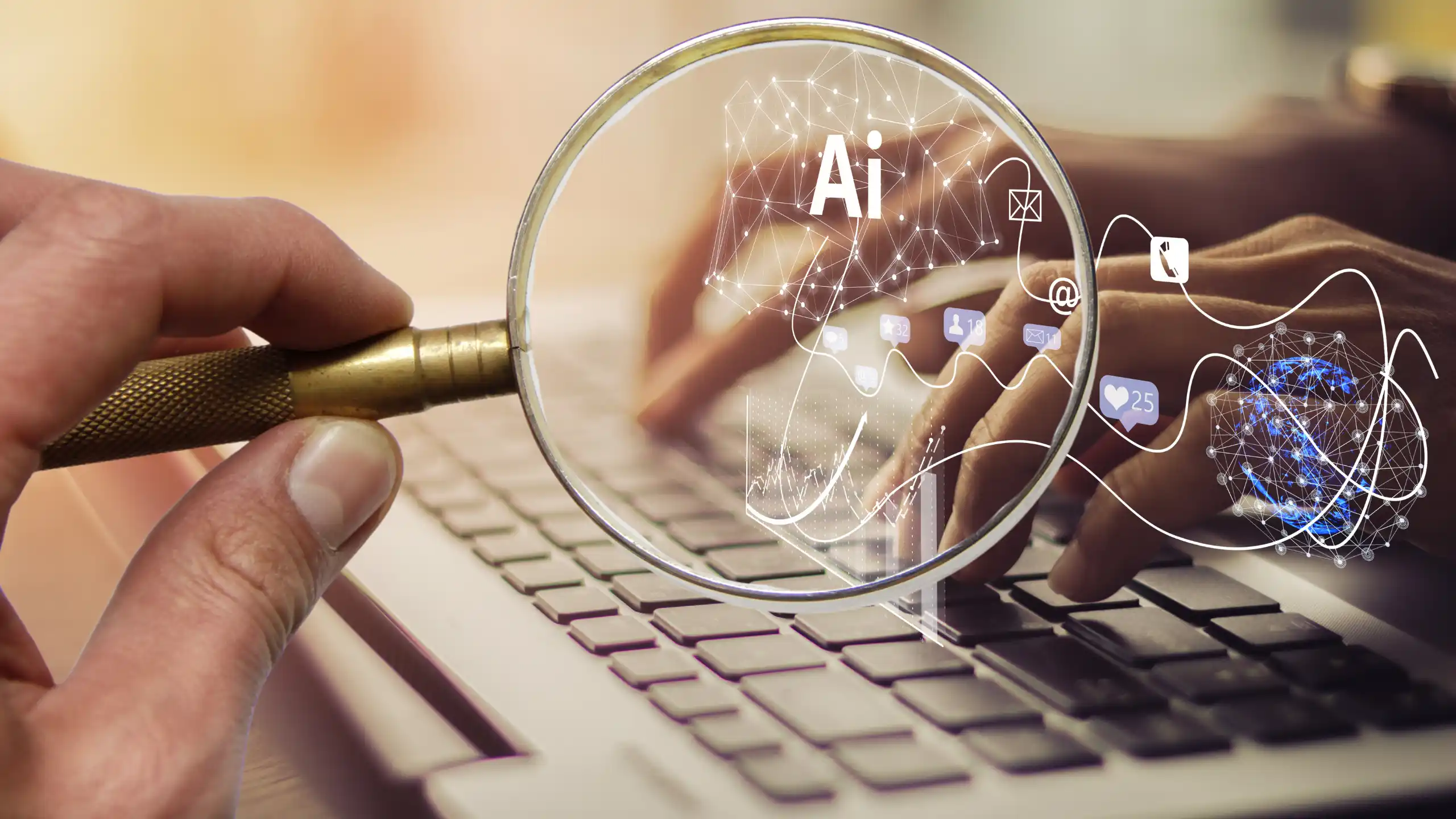In today's fast-paced digital environment, the line between human-crafted work and machine-generated output grows thinner by the day. Content can be written, videos can be scripted, and even music can be composed with the help of artificial intelligence. This advancement brings convenience, but it also raises questions about authenticity and originality. That is where an AI detector steps into the spotlight—a digital magnifying glass designed to distinguish whether a piece of text or media originates from a person or a machine.
Understanding the Purpose of an AI Detector
An AI detector is not simply a tool; it is a response to a cultural and technological shift. As artificial intelligence becomes more capable of mimicking human creativity, educators, publishers, and businesses have grown concerning about maintaining trust in digital communication. The AI detector analyzes language patterns, sentence structures, or sometimes even metadata to spot subtle signs of algorithmic creation.
For instance, a human may inject personal anecdotes, unpredictable phrasing, or even small imperfections into writing. By contrast, many AI systems lean on balance, symmetry, and statistical probability when generating content. This difference in “texture” becomes the foundation for AI detection.
The Rising Demand for AI Detection
The need for such tools has been identified across multiple industries. In education, teachers face the challenge of students submitting essays written by chatbots instead of crafting their own arguments. In publishing, editors want to ensure that submitted work reflects the author's true voice rather than a polished but impersonal machine draft. Marketing teams, too, are increasingly using AI detection to confirm that brand communication stays genuine and aligned with human creativity.
At its core, an AI detector is about preserving integrity. It is less about punishing those who rely on technology and more about ensuring honesty in how work is presented.
How Does an AI Detector Work?
Most AI detectors operate through natural language processing and probability analysis. They scan for features such as:
-
Repetition of structure – AI models often rely on repeating rhythms and patterns.
-
Overly balanced phrasing – Machines sometimes create sentences that are grammatically flawless but lack the quirks of human thought.
-
Predictability of word choice – An algorithm may choose the moderate “safest” word, whereas a human might opt for something unexpected.
-
Lack of emotional depth – While AI can simulate emotion, true human sentiment is harder to replicate consistently.
Advanced detectors may also compare suspected text against known AI training styles, further increasing accuracy.
The Double-Edged Sword of AI Detection
While the concept sounds straightforward, there are complexities involved. False positives—where human writing is mistakenly flagged as machine-generated—can create frustration. Likewise, as AI tools evolve, they learn to mimic human quirks more convincingly, making the job of detectors much harder.
There is also an ethical question: should we always need to prove the origin of content? Some argue that if the material is useful, the source may not matter. Others counter that transparency is essential in academic, legal, or professional spaces.
AI Detector as a Guardian of Authenticity
One way to view the AI detector is as a guardian rather than a gatekeeper. It doesn't exist to ban technology but to ensure clarity. Imagine reading a heartfelt personal story only to later discover it was stitched together by a program with no lived experience. The emotional bond with that story may feel compromised. Detection tools help protect such trust between creator and audience.
Where AI Detectors Are Heading
As artificial intelligence develops, so too will its counterparts in detection. Future versions of AI detectors may use deep learning themselves, becoming more adaptive and context-aware. They might not only detect but also explain why a passage feels machine-like, giving feedback that improves both human and AI writing practices.
We may also see hybrid systems, where detectors work in tandem with plagiarism checkers, fact-verification tools, and authenticity trackers. Together, these will form a digital ecosystem where originality and truthfulness are preserved.
The Human Element in a Machine World
Specifically, the rise of the AI detector reminds us of something profound: the value of human uniqueness. Machines may be faster and more precise, but they do not live, feel, or dream in the way we do. Our imperfections, emotional depth, and unpredictable creativity are what make our contributions special. Detectors, by identifying machine-generated patterns, indirectly highlight the irreplaceable qualities of human expression.
Conclusion
The AI detector is not just a piece of software—it is a symbol of the balancing act in our digital age. On one side, we celebrate the capabilities of artificial intelligence, using it to enhance productivity and expand creativity. On the other hand, we recognize the importance of originality, trust, and authenticity.
As we move forward, AI detectors will likely become standard companions in education, publishing, business, and beyond. They will help ensure that, no matter how sophisticated machines become, the human voice continues to be heard clearly and valued deeply. In a world brimming with digital noise, these detectors remind us of the beauty of truth, the necessity of trust, and the enduring power of human creativity.



